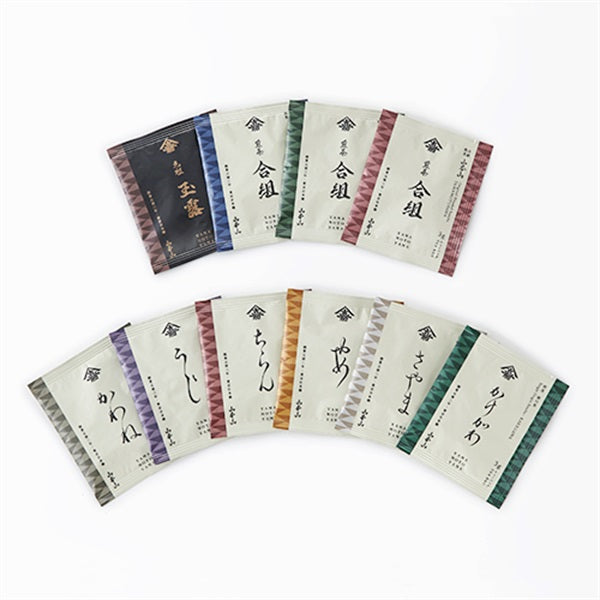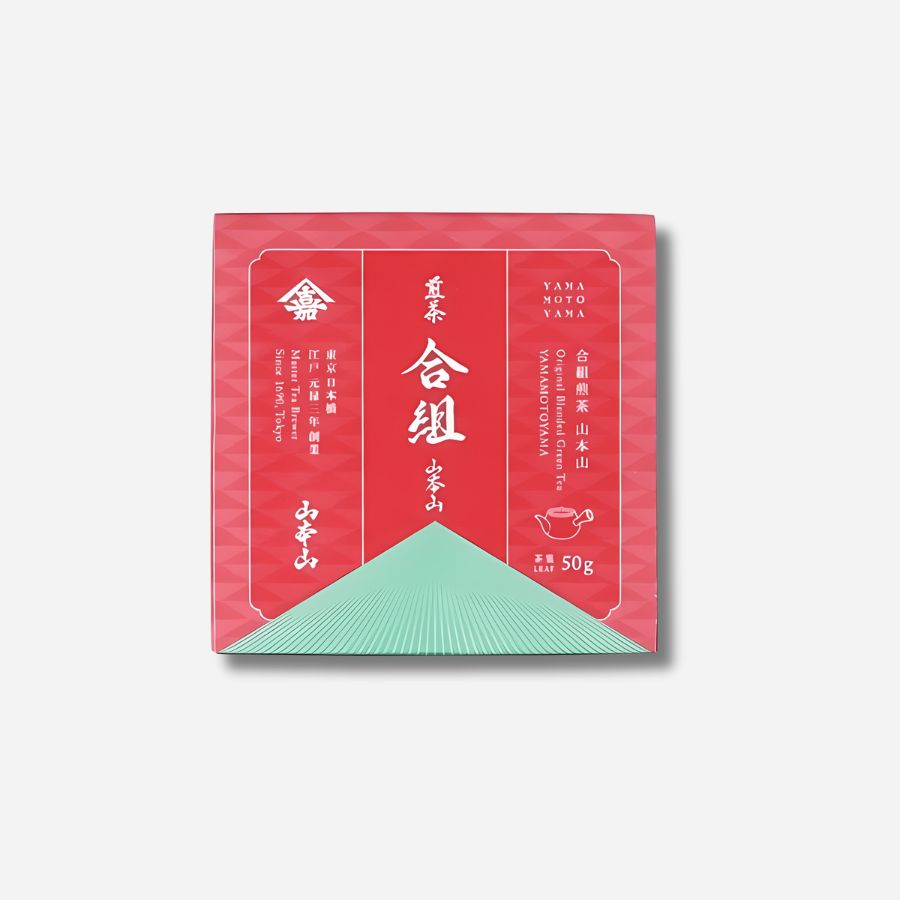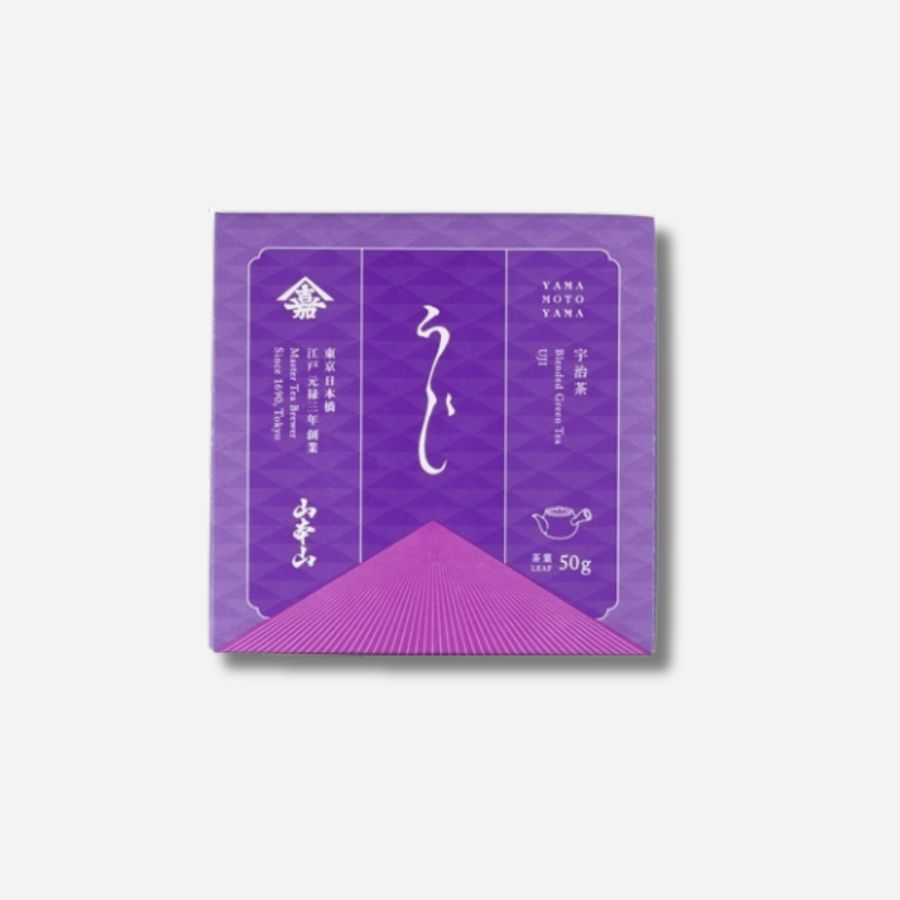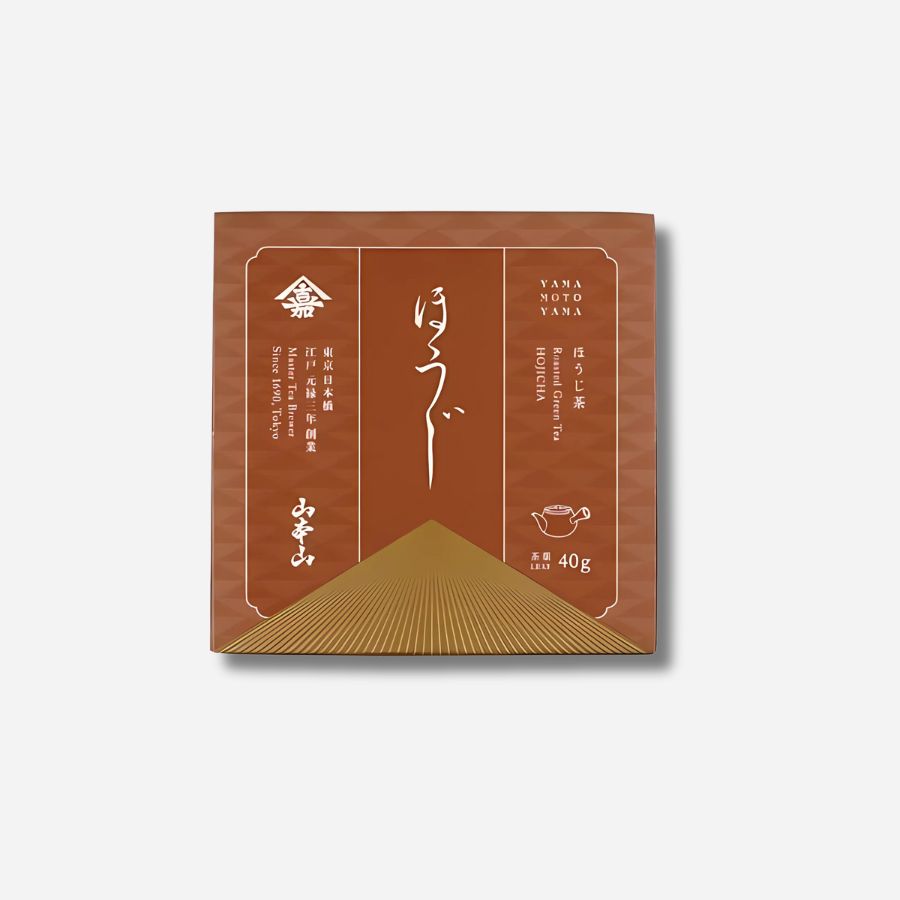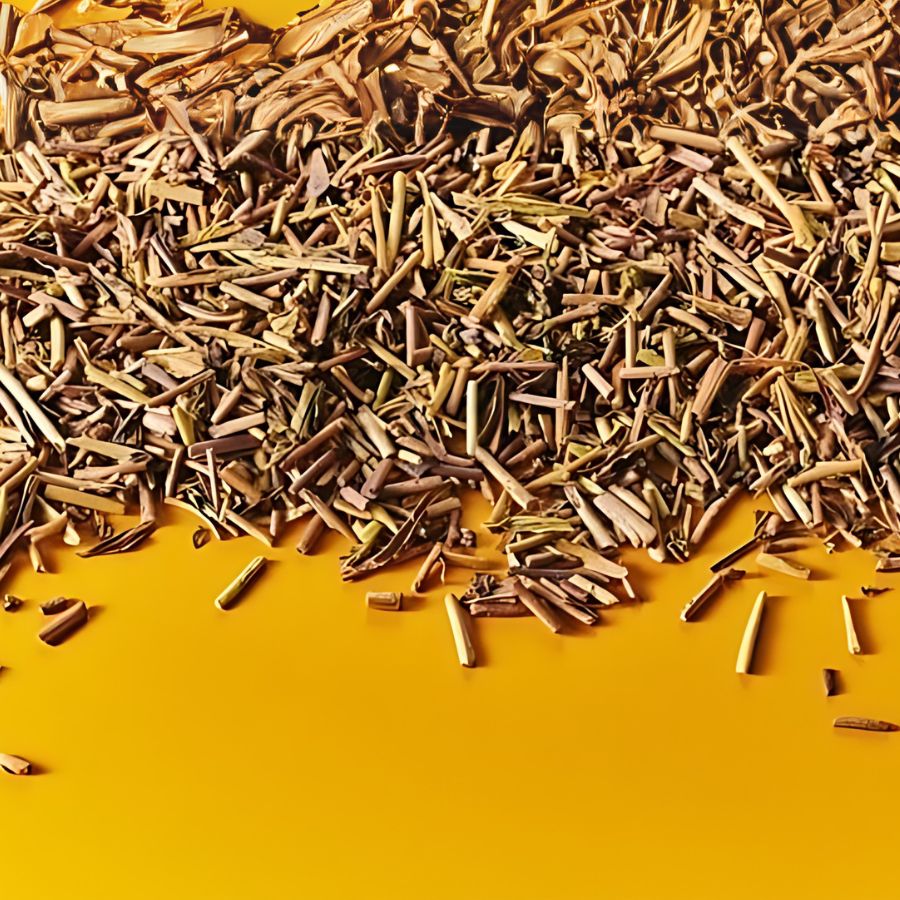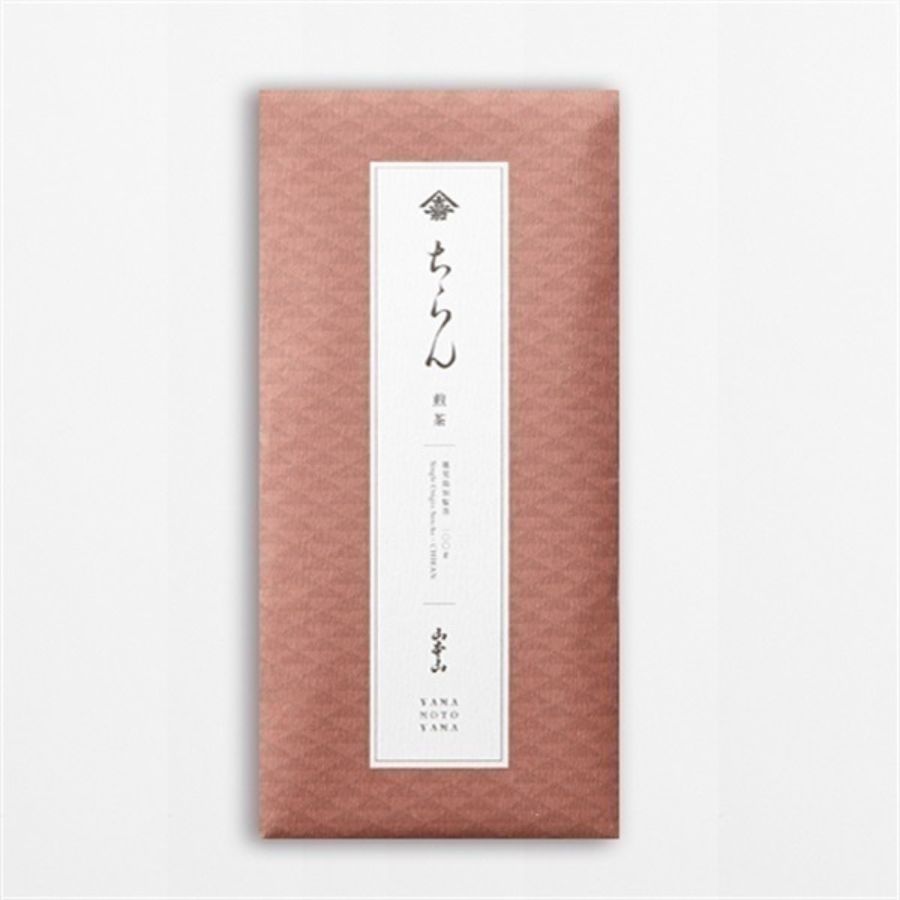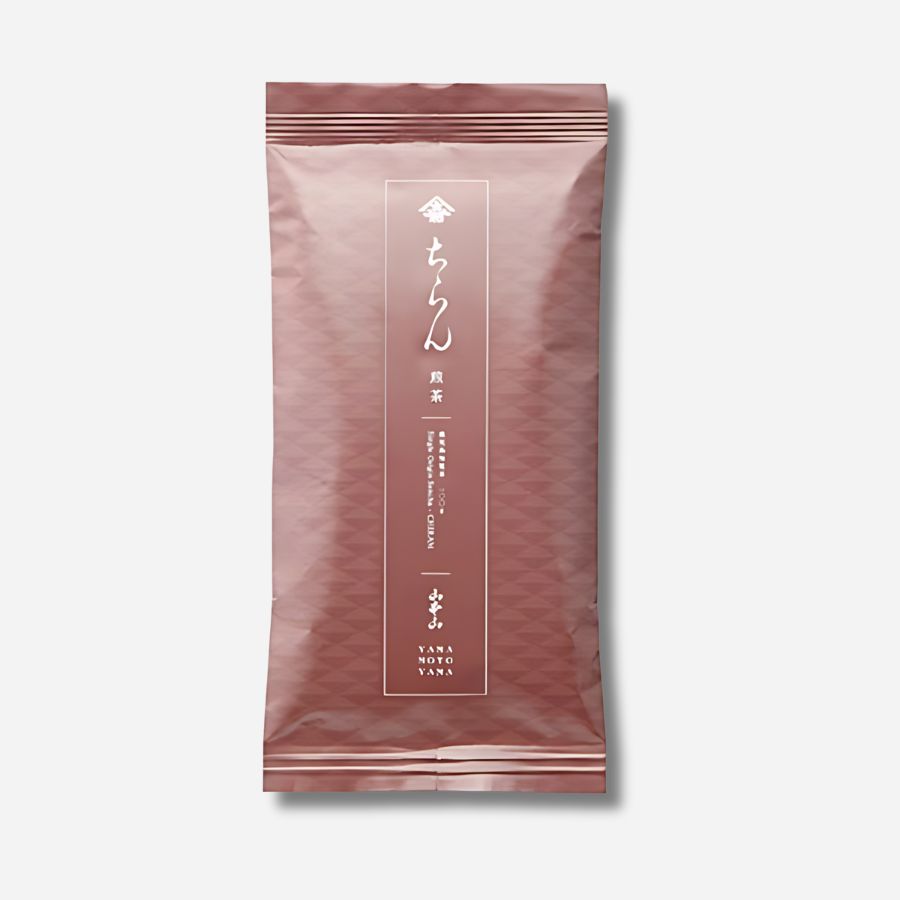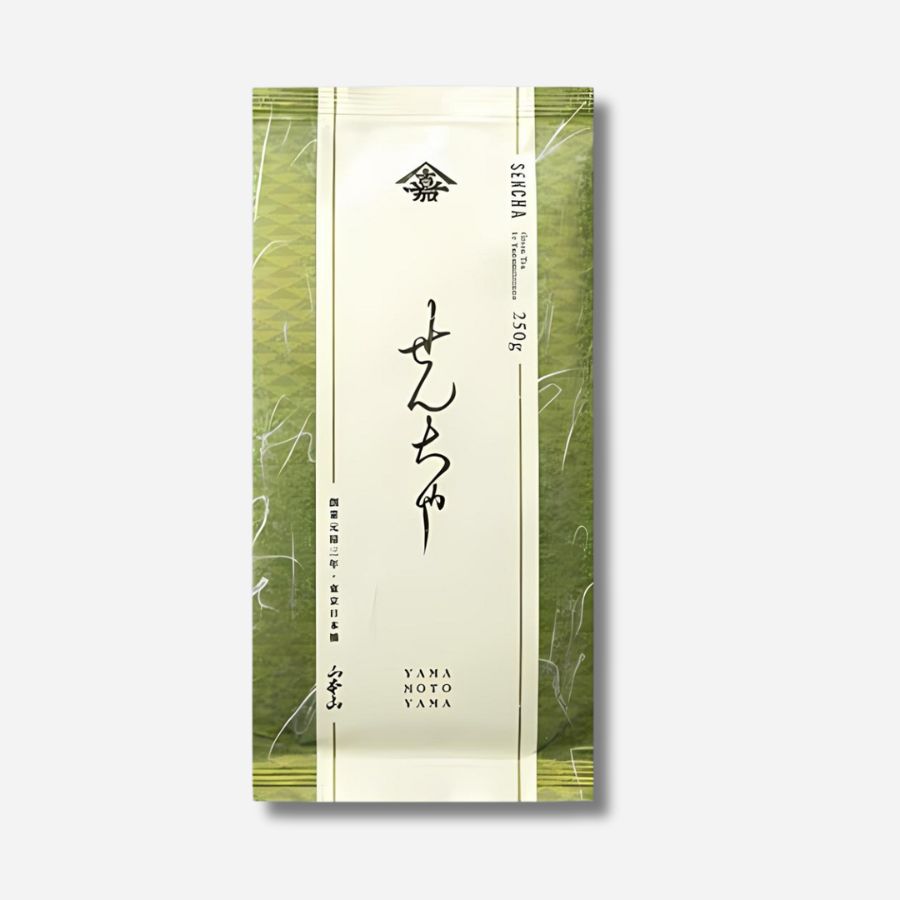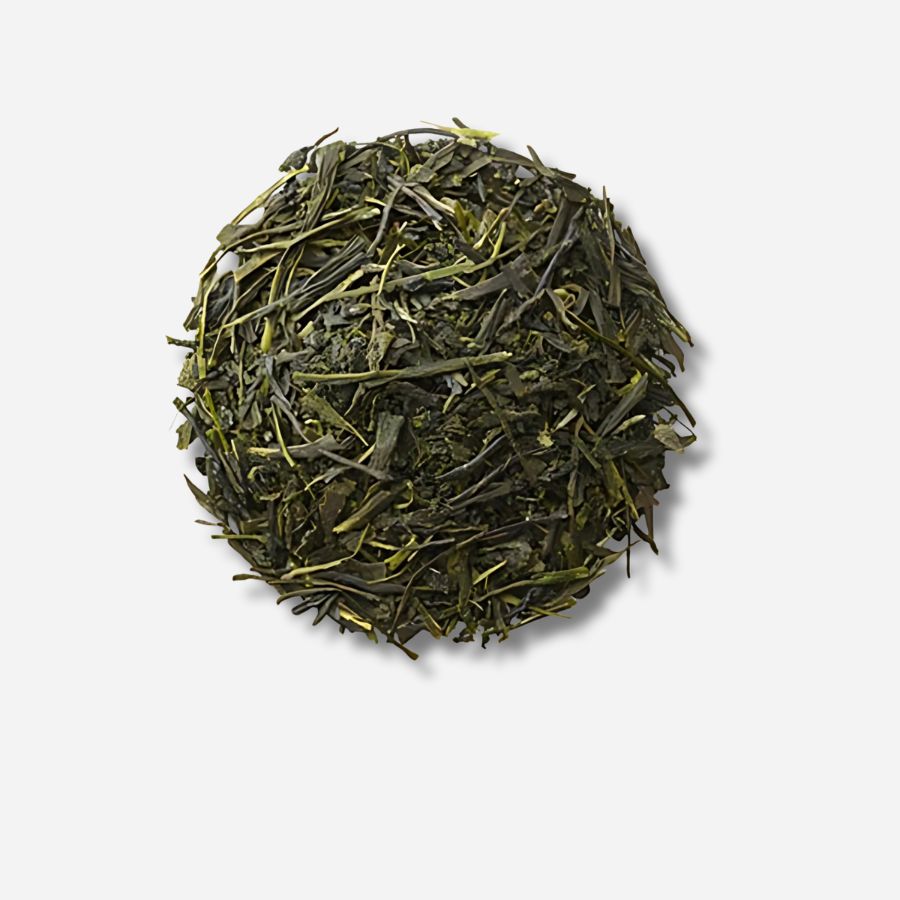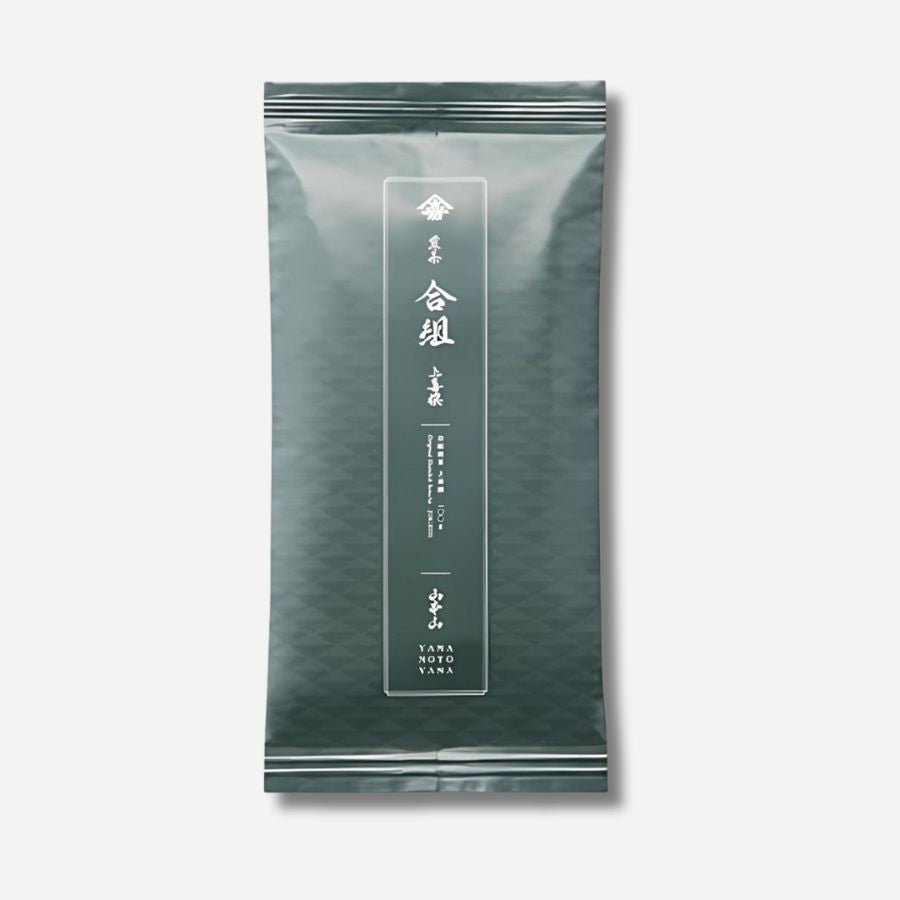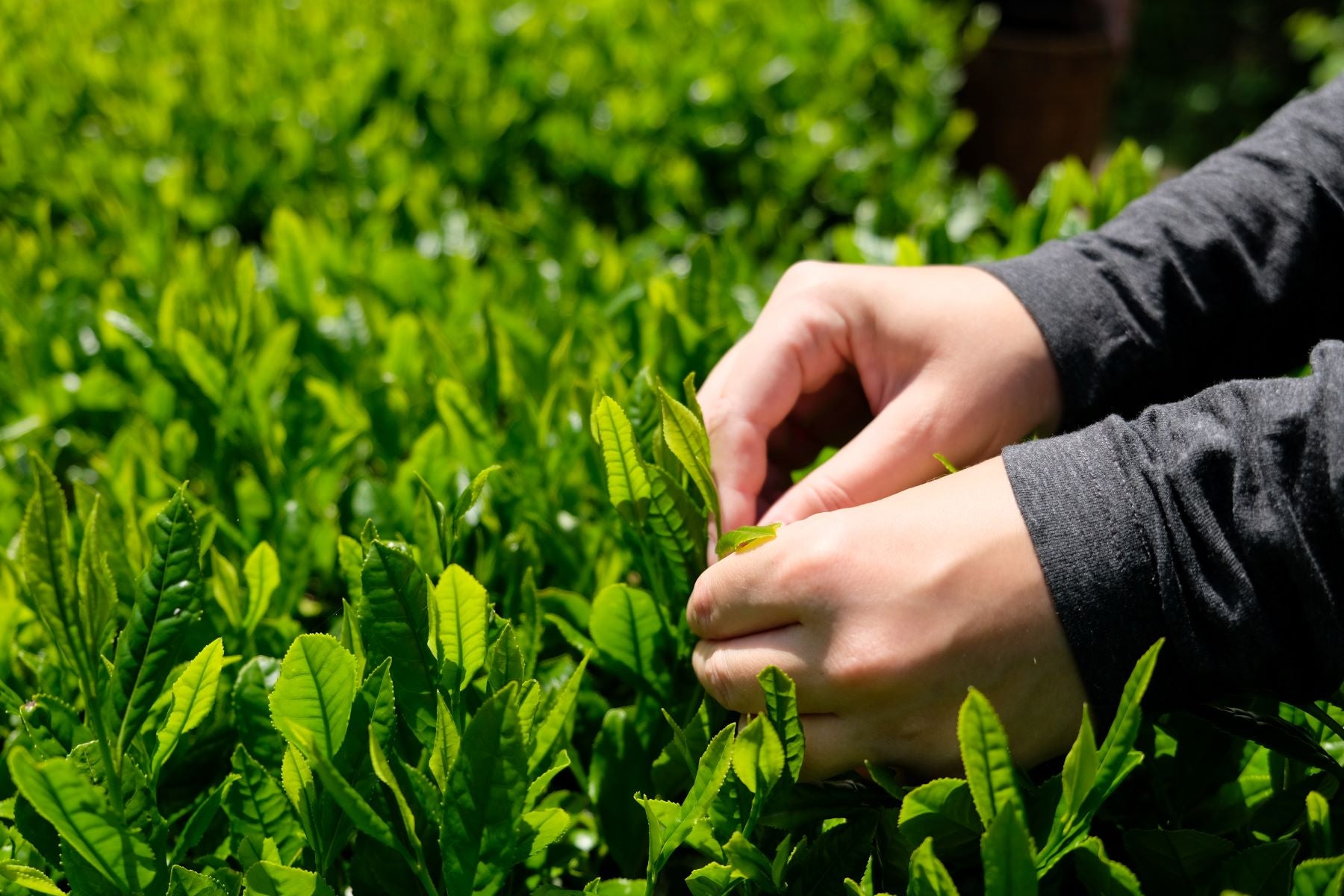
Learn about the current state of Japanese tea! Changes in consumption and regional differences
Introduction
In recent years, tea consumption in Japan has been declining compared to its peak.
In the past, the average person in Japan consumed nearly 1,000g of tea per year, but this has now fallen to around 650g.
In particular, in 2020, against the backdrop of the COVID-19 pandemic, it has fallen to a level well below 600g.

Background of the decline in consumption
This decline is thought to be due to social changes such as the Westernization of eating habits and the diversification of beverage preferences, as well as changes in household structure.
Due to changes in lifestyles and an increase in single-person households, the act of "drinking tea together as a family," which was once a symbol of family time, may be becoming less common.
However, consumption of "green tea beverages," including bottled beverages, is on the rise, and looking at tea as a whole, the increase in green tea beverages is compensating for the decrease in leaf tea consumption.

Regional and age differences in tea consumption
Looking at tea consumption by region, the highest is in Tokai, Kanto, Kyushu, and Kinki, with consumption tending to be particularly high in tea-producing areas such as Shizuoka City.
In terms of age groups, consumption by the elderly is eight times higher than that of younger people.
In fact, even if young people drink green tea, they only buy it at convenience stores, and it is very rare for them to brew tea at home.

These fluctuations in tea consumption can be said to reflect changes in our lifestyles and food culture.
Times change, and to a certain extent this is inevitable, but as a company that has been involved in selling sencha for over 300 years, we want to help revive Japan's green tea market, which continues to decline.
At home, you make some tea and take a break, and your family gathers together to talk about the day's events over tea.
I would like to recreate that traditional Japanese scenery even in this Reiwa era.




